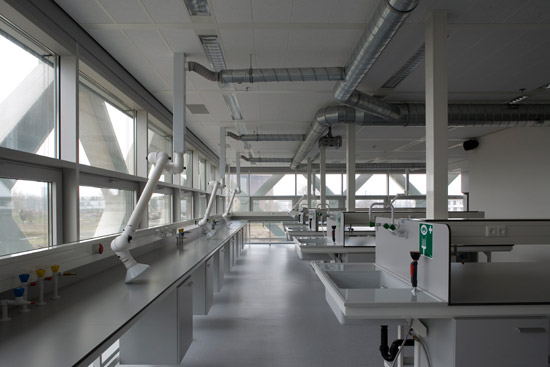Honesty and Deception - Leong Jiang Ling 1001436853
“be careful to observe that the evil of them consists always in definitely attempted deception.”
As John Ruskin said, "We may not be able to command good, or beautiful, or inventive, architecture; but we can command an honest architecture.Is there an honest and deception between architecture? Yes, there is. The role of honesty and deception in architecture today represent the using of materials and the exterior facade and interior. From the way of using the materials, we can know what type or which honesty or deception do they belong.
From the article of John Ruskin wrote architectural deceits. are broad to be considered. The suggestion of a mode of structure or support, other than the true one. A building will stand up because of its materials or its support. An honest architect will use a material that can support or using a suitable material for its building to stand up. In contrary, a deception architect will use materials that are not suitable for building or used as a decoration for the building.
One of the most examples is The Altas Building at Wageningen University in the Netherland, designed by New York City based Rafael Vinoly Architect. Altas contain laboratories and offices for the Environmental Sciences Group, where the research focus on environmental, plant, animal, agro-technological, and food sciences.
The building might initially appear too sterile and ascetic, especially on the exterior.

The exterior is covered by the concrete superstructure. Inside its concrete cubical grille is a six-story glass-and-aluminum box.The driving idea behind the design was to achieve an exterior structure, an exoskeleton, that would allow column-free lab space and rearranged as needed.

Inside the Atlas building, all the laboratory spaces are organized around a central daylit atrium. The exterior to provide shadow into the building inside, letting the building have natural lighting but only for the certain part.
In this building, honesty and deception are more predominantly about the relationship between interior and exterior. The external superstructure letting the interior laboratory and working space of Atlas provide a high degree of space-planning flexibility. All the incoming natural light will be blocked by the exterior shades located outside the curtain wall to prevent solar heat gain.
But this exterior, the concrete superstructure is not used to support the whole building and a mode of structure, this exterior only used for the shading purpose. This show the building is an architecture deceit for not letting the exterior considered as a structure although its serve its purposes.
Contrary, the materials of this building shown the truth of what its materials look like, without any painting to represent some other material than that of which they actually consist.
This building used of concrete for its exterior and glass for the actual building inside. This show what are the materials using and even a normal people can see what the material really are. "The material always has a clean, just poured look to it."
Inside the building there has a bridge span the atrium, linking the four upper floors of the Atlas Building. Those bridges are used of steel as a material because it can be a long span for linking to the opposite floors.
This building showed the both honesty and deception of an architecture.
Reference
Michael J. Crosbie (25 June 2008), Vinoly at Wageningen
Patrick Webb (11 Nov 2013), The Lamp of Truth

Comments
Post a Comment